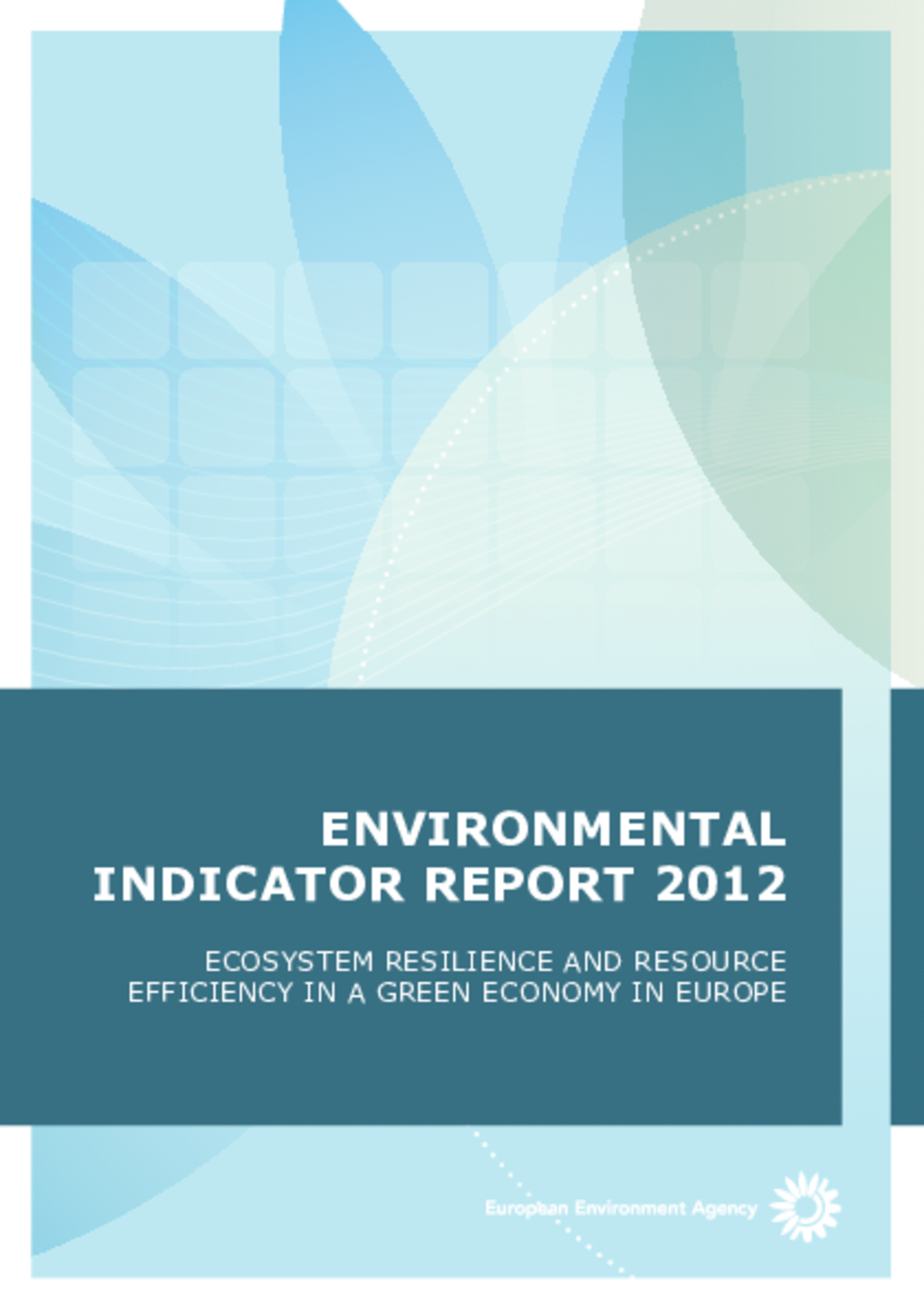All official European Union website addresses are in the europa.eu domain.
See all EU institutions and bodiesReliable, relevant, targeted and timely environmental information is an essential element in implementing environmental policy and management processes. Such information can come in many formats — with indicators being a long-established approach to distilling detailed information into trends that are robust and easily understandable by a broad audience.
EN PDF: TH-32-12-184-EN-C - ISBN: 978-92-9213-315-3

